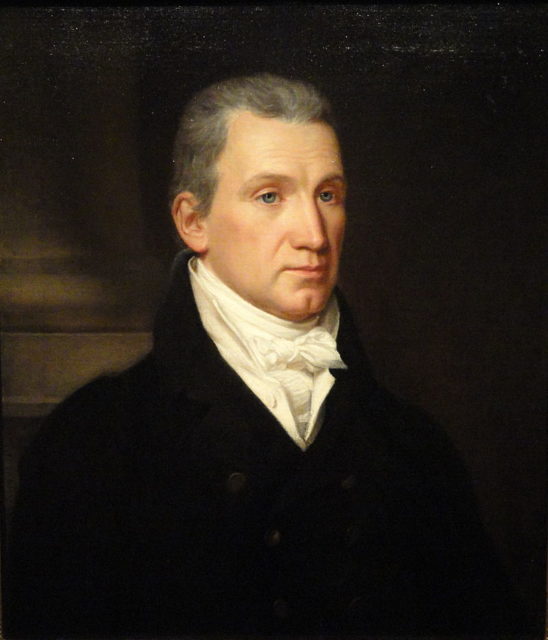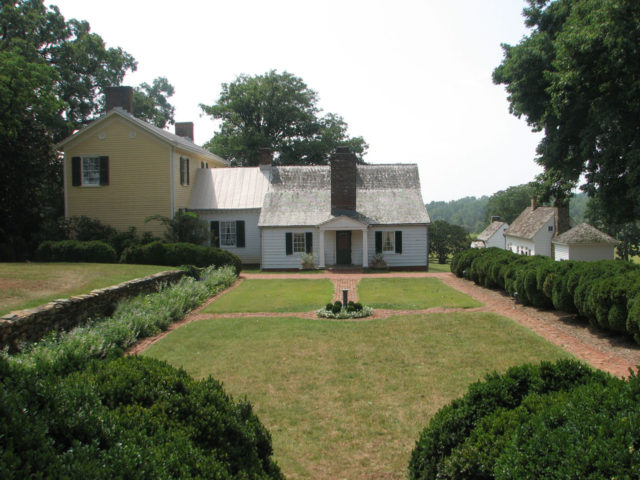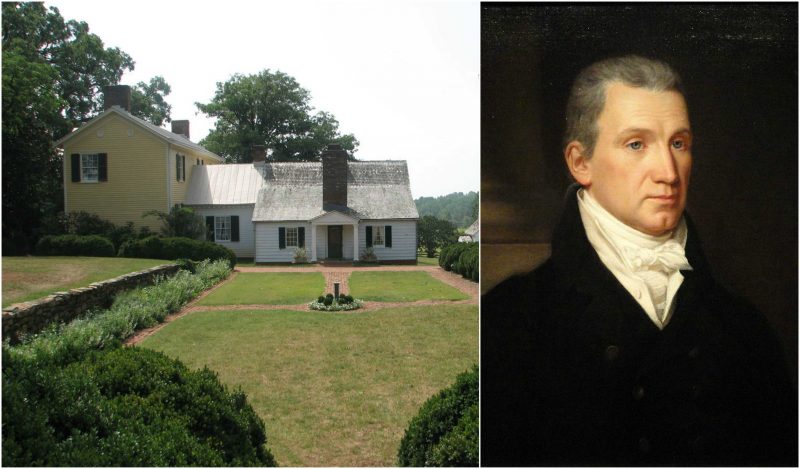Science never ceases to surprise the inquisitive, bringing ever new avenues of understanding the nature and history of things. Recently a ground-breaking finding backed by cutting edge science completely turned a widely accepted and long-held notion on its head.
For a fairly long period historians and public held the belief that a modest farmhouse located in Charlottesville, central Virginia was the residence of President James Monroe. A modern study conducted by researchers using advanced tree dating technology proved that the entire narrative was wrong, sad news for some an exciting discovery for others.

The building was thought to have been used by the Founding Father, who resided in the farmhouse in 1799. As it turns out, the farmhouse was actually built at least two decades later than it was previously believed. So the theory that a large part of the farmhouse is the same house that Monroe lived in has been proven wrong, conclusively suggesting that the complete Monroe residence burnt to ashes and not just the part of it.
The newspaper reports and other records from as far back as 1885 suggested that the part of the home at Highland was a wing of the actual Monroe residence which survived a vicious fire in mid-1800. This idea was never challenged since there was no scientific way to disprove the theory, what was available was hearsay; soon it became an accepted notion and was quoted as such.
Despite the widespread acceptance of popular theory about the Highland, there have always been a group of inquisitive minds who found a number of discrepancies in the narrative. Some of the details of the farmhouse belonged to the era, years after Monroe was thought to have lived in the house. A team of researchers recently decided to undertake the responsibility to set the records straight once and for all, by conducting a purely scientific research.

The Executive Director of The James Monroe Highland Foundation Sara Bon-Harper said that the research was relying on the data historically collected by various sources, and it was then checked against scientific tests. One such test is known as Dendrochronology- the method to ‘date’ the trees. Using dendrochronology method researchers found out that the wood used to build the Highland was cut sometime around 1818. Going through the archives belonging to the farmhouse, researchers came across a letter written by Monroe to his son-in-law clearly suggesting he was thinking of building a house, which corroborated with the tree dating data.
Another group of experts was looking for the remains of what they believed were the missing part of Monroe’s real resident. After some digging and researching, the team of experts led by Dr. Benjamin Ford of Rivanna Archaeological Services LLC found the remains of a burnt out large section of a house under a section of house built by a later owner of the Highland. Dr. Ford also said that the current structure was built in the 19th century and has no section of Monroe’s real residence, apart from the remains of the burnt out home under the current house.
The findings at the Highland has been received with appreciation and understanding by almost all sectors of the society. Bon-Harper said that she understands that all the many people who visited the house in the past under the impression that it once housed the Founding Father may feel a little bit cheated. However, she hoped that public will appreciate the new findings and accept the scientific research instead of sticking to the old notion.
